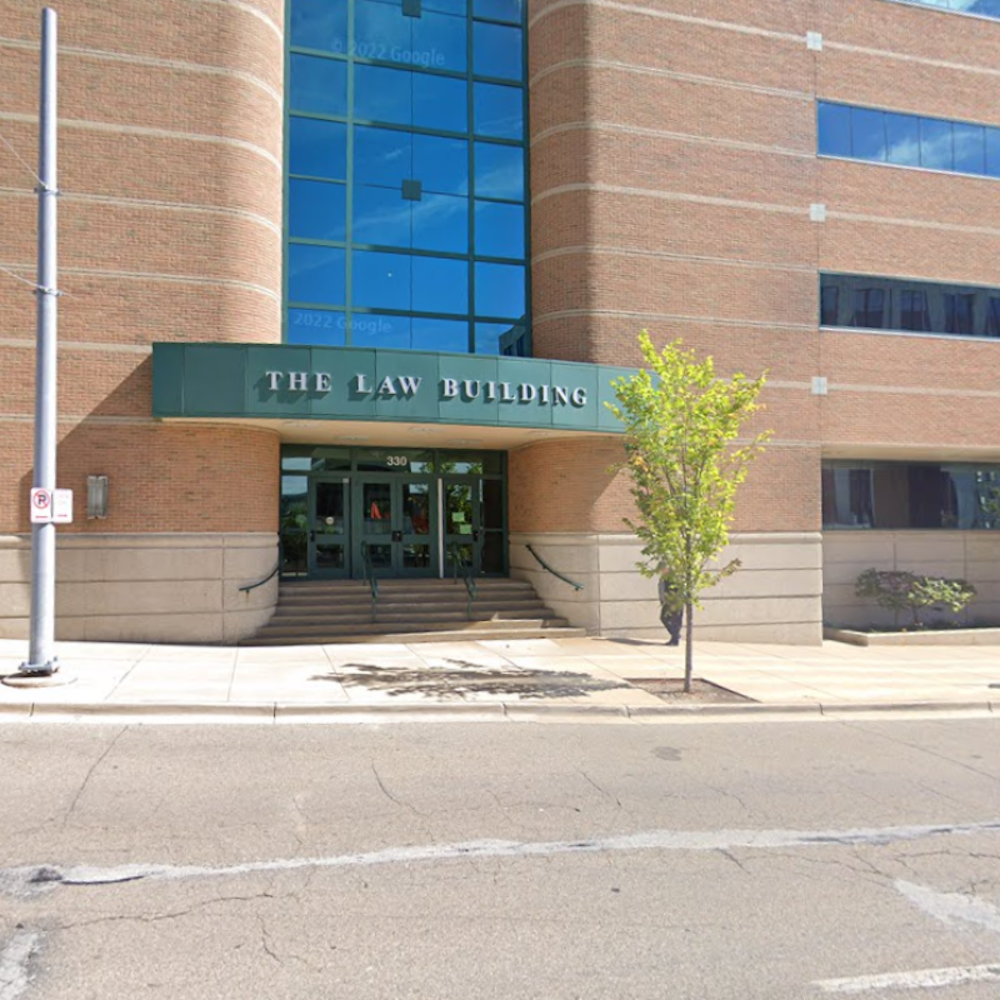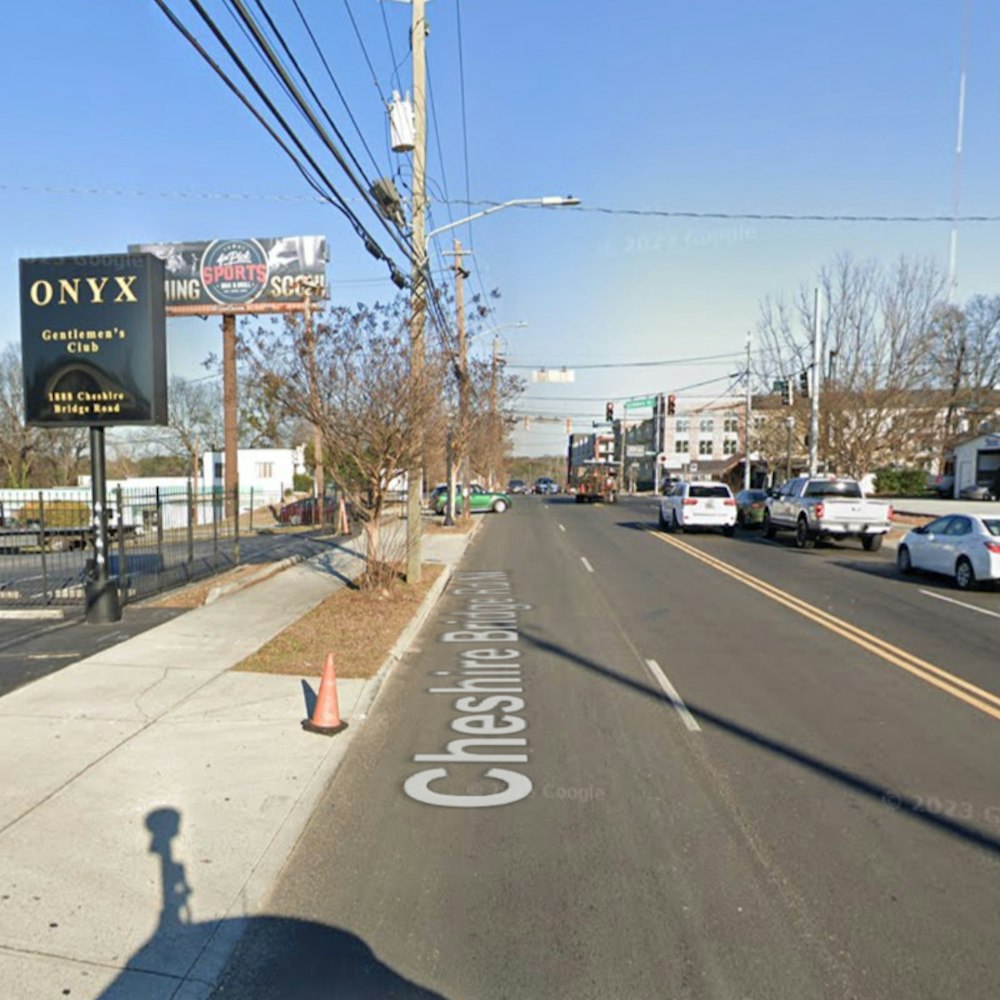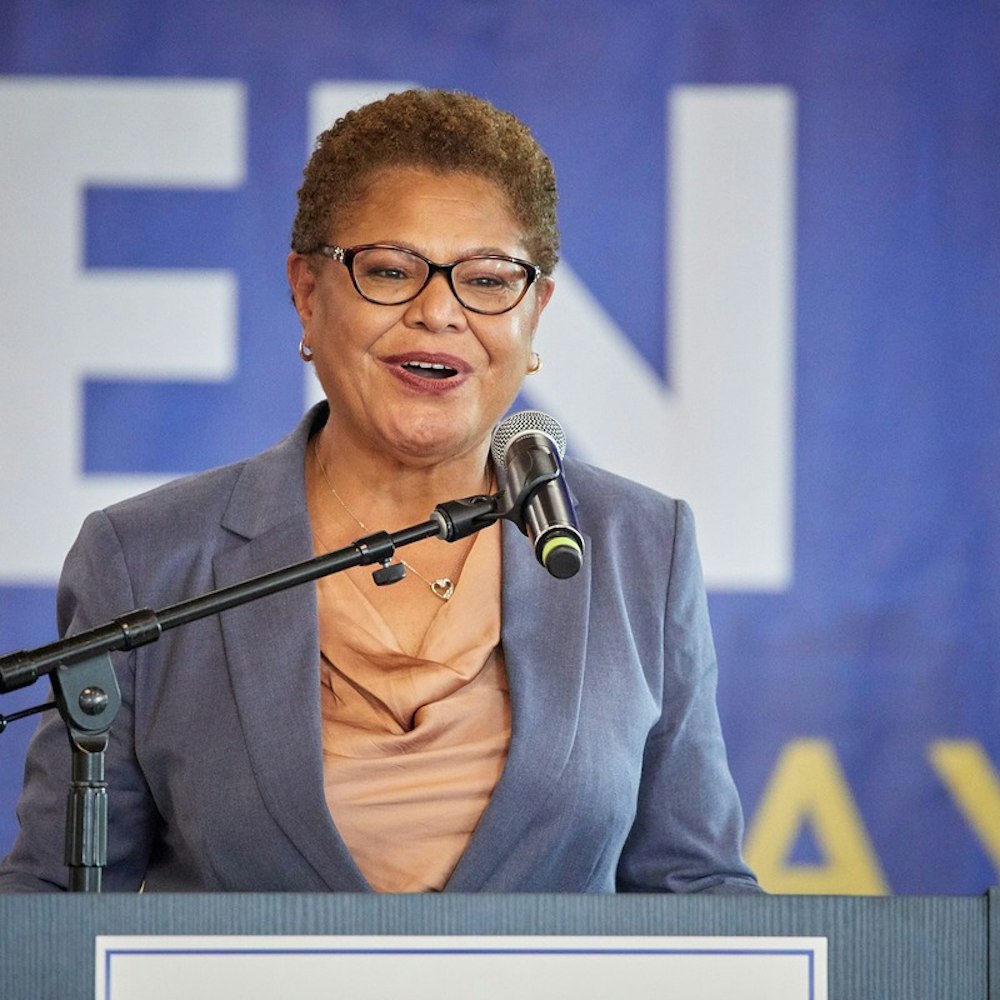
Goose Island's Division Street is set for a major makeover, with the Chicago Department of Transportation (CDOT) gearing up to replace aging bridges and revamp bike lanes to bolster transportation safety and efficiency. As reported by the Chicago Sun-Times, the comprehensive project, which is expected to stretch over the next two years, aims to modernize a mile-long stretch of the street that spans from Cleveland Avenue to the Kennedy Expressway.
Enhancements will include new bridges—replacing one that dates back to 1904 and another temporary structure, improvements to pedestrian and vehicular access, and additional left-turn lanes. However, local cyclists have expressed safety concerns with some of the proposed changes, especially around the lack of concrete barriers on newly designed bridges. Dave Simmons, executive director of Ride Illinois, told the Chicago Sun-Times, “Now would be the time to develop a structure that meets Complete Streets standards and is kind of the gold standard of what a bikeable bridge in this case can be.”
During construction, temporary bridges will facilitate uninterrupted traffic flow on Division Street, with the city also planning to cater to bicycle accommodations. Mike Eichten, a consultant with AECOM and project manager for the overhaul, emphasized the importance of the project in improving “traffic flow along the corridor, improve vehicular and pedestrian safety, looking for bus and transit operation improvements, and we’re looking to provide the bicycle accommodations, as well,” according to a Block Club Chicago report.
In response to the shared cyclist concerns, CDOT proposed adding concrete-protected bike lanes along parts of Division Street but the current plans do not include such measures for the new bridges. Alex Perez, from Active Transportation Alliance, highlighted to the Chicago Sun-Times that without concrete barriers, the buffered bike lanes offer insufficient protection from vehicles. “Visibility does help”, Perez said, “It makes it clear for drivers where the bike lane is.”
The project has come under scrutiny for the proposed changes that may introduce additional hazards for cyclists, particularly around intersections. Biking advocate Sammy Schneider vocalized post-meeting concerns to Block Club Chicago, “I think it’s going to give new cyclists a false sense of security, and then they’re going to be dumped out at [the] expressway. So I think there’s going to be alot of crashes.” Kyle Lucas, from Better Streets Chicago, echoed similar sentiments regarding the layout of the transition lane from Division Street to Elston Avenue being problematic. CDOT is taking feedback from the community on the project until April 26, allowing residents to have a voice in the development process.
While city planners such as Soliman Khudeira, noted that surrounding development and roadwork were considered to mitigate traffic disruptions, local business owner Jules Tomko fears an impending traffic nightmare due to the simultaneous execution of the bridge project and other developments including the permanent Chicago casino. Despite these concerns, planners remain confident that city infrastructure can adapt appropriately to accommodate the increase in both vehicular and bike traffic during and after the proposed upgrades. Chicagoans are encouraged to submit their input to influence the final outcome of the Division Street project.









